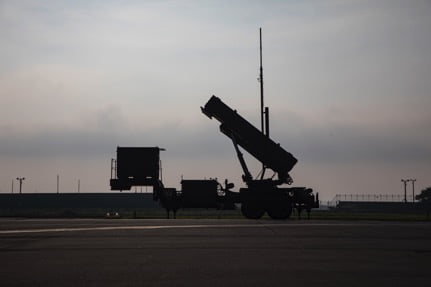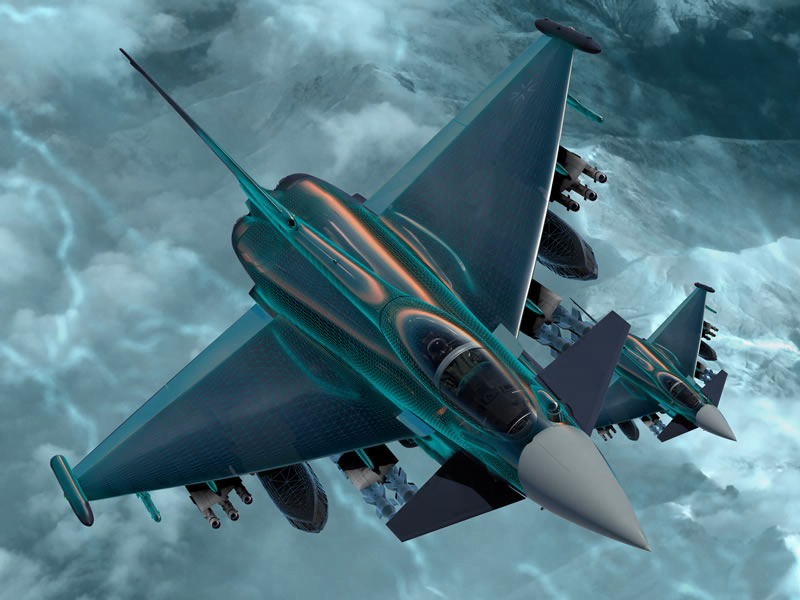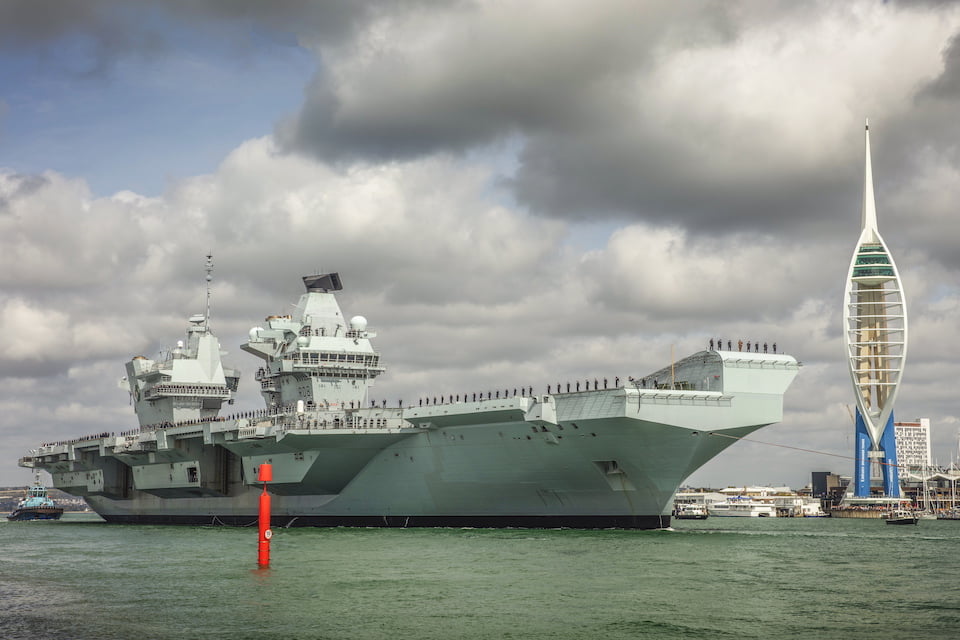The Japanese forces have been classically stoved-piped ones going forward.
Now the Japanese are about to pass their 8th budget in a row increasing defense spending.
The Self-Defense Force wants record spending power next year to help pay for major upgrades to the nation’s defenses, as Tokyo continues to perceive a missile threat from North Korea despite Pyongyang’s promise to abandon nuclear weapons.
The Defense Ministry budget proposal released Friday calls for defense spending to rise 2.1 percent to ¥5.3 trillion ($48 billion) for the year starting April 1.
If approved it will be the seventh straight annual increase, as Prime Minister Shinzo Abe reinforces the Self-Defense Forces to respond to any North Korea missile strike and counter China’s growing air and sea power in the waters around Japan.
The proposed defense budget still has to face scrutiny by Finance Ministry officials who may seek to curtail any rise in military outlays to secure funds for the nation’s burgeoning health and welfare spending.
The biggest proposed outlay in the military budget will be on ballistic missile defense, with a request for ¥235 billion for two new powerful ground-based Aegis Ashore radar missile tracking stations built by Lockheed Martin Corp.
Japan’s military also wants funds to buy longer-range Raytheon Co. SM-3 interceptor missiles designed to strike enemy missiles in space, and money to improve the range and accuracy of its PAC-3 missiles batteries that are the last line of defense against incoming warheads.
With the upsurge in defense spending, the Japanese are adding new fifth generation airpower capabilities, new missile defense capabilities, and new tron warfare capabilities.
Underlying the upsurge in acquisition is the challenge of force integration.
How will the Japanese reshape their forces to provide for extended perimeter defense and to do so in way that the force can operated as an integrated distributed force?
Perhaps there evolving relationship with Australia where the ADF is prioritizing force integration might have a major impact.
The United States is in the throes of significant change as well, but continued commitments to the land wars in the Middle East, uncertainty about how the direct defense of Europe is best done in terms of the American contribution, and service conflicts over how to best deliver enhanced deterrence in depth will slow the U.S. con-ops innovations.
But clearly allies like Japan and Australia are major players in the reshaping of the U.S. force development in the Pacific as well.
Virtually all of the press reports surrounding the Japanese budget look like shopping lists; but we are clearly moving rapidly beyond the legitimacy of such an appraoch.
We clearly need to focus on the capabilities for the U.S. and the allies to work together to deliver an effective deterrent force.
The new Sec Def, Mark Esper, has prioritized defense efforts in the Pacific as a key anchor to the Great Power strategy. In particular, given the withdrawal from the INF treaty, a key focus is upon the building of new conventional longer-range missiles deployed throughout the US and allied Pacific defense perimeter.
This entails interactive technological, force structure and geographical deployment dynamics. We have argued that a new basing structure combined with a capability to deploy and operate an integrated distributed force is at the heart of the strategic shift, and not only in the Pacific1
This is a key part of the effort to shape a full spectrum crisis management capability whose con-ops is shaped to deal with adversary operations within what some call the “gray zone” or within the “hybrid warfare” area2
The nature of the threat facing the liberal democracies was well put by a senior Finnish official: “The timeline for early warning is shorter; the threshold for the use of force is lower.”
What is unfolding is that capabilities traditionally associated with high end warfare are being drawn upon for lower threshold conflicts, designed to achieve political effect without firing a shot.
Higher end capabilities being developed by China are Russia are becoming tools to achieve political-military objectives throughout the diplomatic engagement spectrum.
This means that not only do the liberal democracies need to shape more effective higher end capabilities but they need to learn how to use force packages which are making up a higher end, higher tempo or higher intensity capability as part of a range of both military operations but proactive engagement to shape peer adversary behavior.
In today’s world, this is what full spectrum crisis management is all about. It is not simply about escalation ladders; it is about the capability to operate tailored task forces within a crisis setting to dominate and prevail within that crisis. If that stops the level of escalation that is one way of looking at it. But in today’s world, it is not just about that but it is about the ability to operate and prevail within a diversity of crises which might not be located on what one might consider an escalation ladder.
How will the Japanese leverage their new capabilities to shape such a force?
The featured photo: Service members with the Japan Air Self-Defense Force (JASDF) 2nd Air Defense Missile Group, set up the MIM-104 Patriot missile system during Patriot Advanced Capability-3 (PAC-3) deployment training at Marine Corps Air Station Iwakuni, Japan, Aug. 29, 2017. PAC-3 is a surface-to-air missile defense system, which provides a highly reactive hit-to-kill capability in both range and altitude while operating in all environments. This training displays the strength of the U.S.-Japan alliance and demonstrates the JASDF’s ability to rapidly deploy multiple defense assets to U.S. military installations across Japan. (U.S. Marine Corps photo by Cpl. Aaron Henson)
The video below was published by the Japanese Ministry of Defence and explains their view on the evolution of the SDF:






